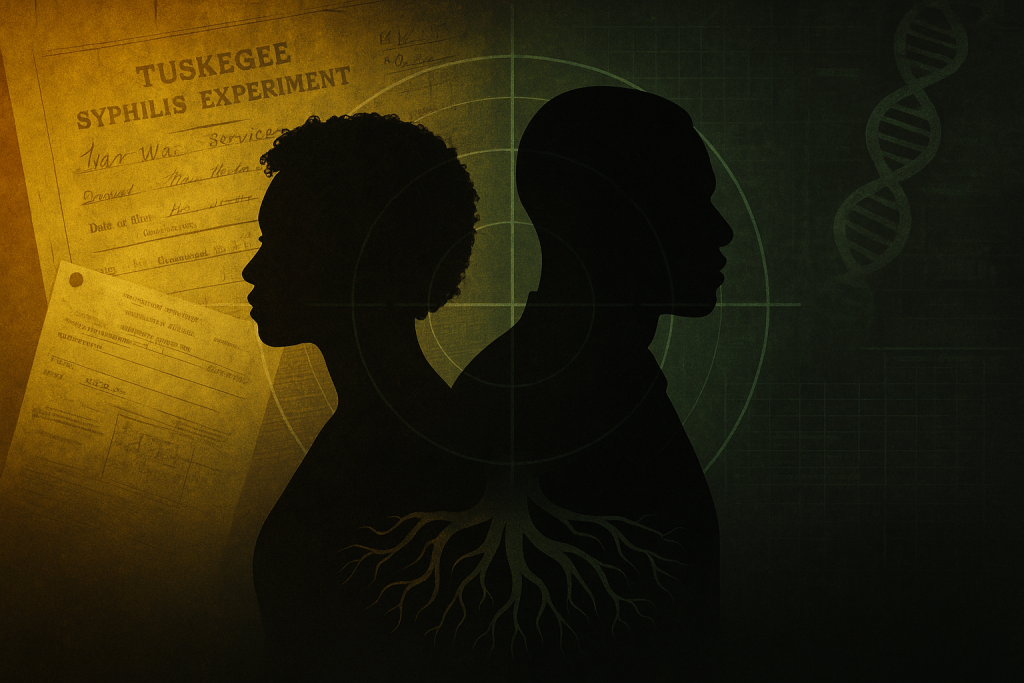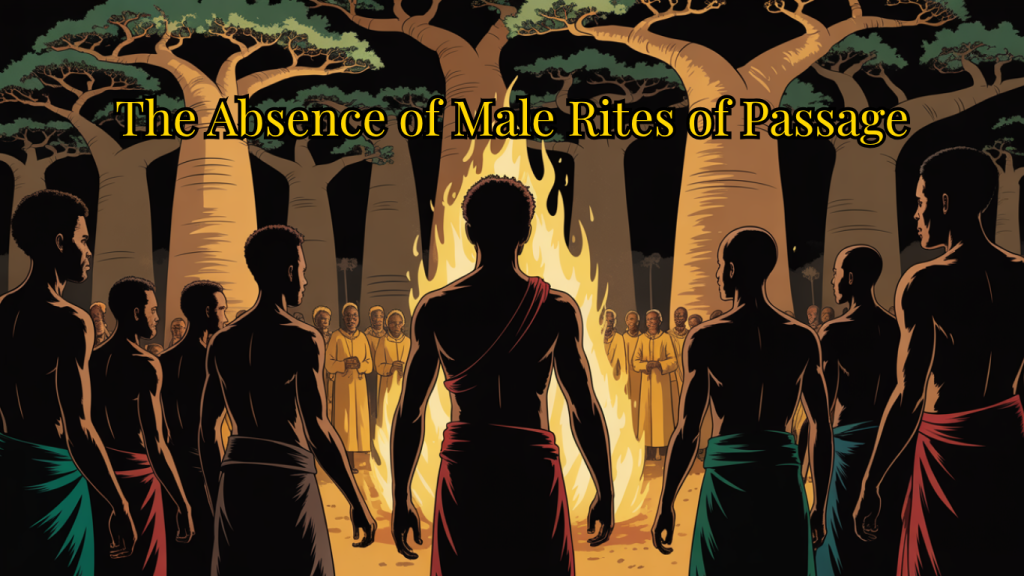Health in the Crosshairs: Medical Racism, Maternal Crisis, Exploitation, and the Biological Burden Placed on the Black World
A Phoenix Paradigm Long-Form News Analysis By The Phoenix Paradigm, 2025 I. Introduction: A Pattern, Not an Accident Across the African Diaspora, the health of Black people has been shaped not only by disease or genetics, but by systems engineered to extract, exploit, and experiment. From the plantations to the prisons, from birthing rooms to biochemical laboratories, Black bodies have been used to fuel medical advancement, military innovation, and corporate profit—often without consent and without benefit. Today’s staggering health disparities—maternal mortality, chronic disease, metabolic disorders, shortened life expectancy, mistrust of healthcare—are not random. They are not unfortunate coincidences. They are the outcomes of policies, histories, and ideologies that treated Black life as expendable. The Phoenix Paradigm names this plainly:Health injustice is not a gap—it is a wound. And every wound has an origin. II. Functionalism: When Health Institutions Malfunction by Design Functionalism argues that institutions exist to serve societal needs. Hospitals should heal; public health systems should protect; research should benefit all. But for Black people, these institutions have historically malfunctioned. Or rather—they functioned perfectly for the society that built them. A. Maternal Mortality as Measured Inequality According to the CDC (2020): This is not due to biology.It is due to bias in clinical response times, inadequate pain assessment, and stereotype-based medical decisions.Anushay Hossain calls it “the toxic intersection of racism and sexism.” Even wealthy, insured Black mothers are not spared—evidence that class cannot protect from racialized negligence. B. Pain, Dismissal, and the Ongoing Medical Stereotypes Research continues to show that Black patients receive: This is a direct descendant of 18th–20th century pseudoscience that claimed Black people feel less pain—a belief used to justify gynecological torture, surgical experimentation, and punitive labor under slavery. Functionalism reveals the truth:Institutions built on racist assumptions continue to reproduce racist outcomes. III. Conflict Theory: Medicine as a Battlefield of Race, Power, and Profit Conflict theory asks: Who benefits? Who suffers? Who profits from the suffering? In the case of Black health, the answer spans centuries. A. Tuskegee: The Template of Betrayal For 40 years (1932–1972), the U.S. Public Health Service monitored Black men with syphilis without providing penicillin—even after it became the standard cure in the mid-1940s. The revelation caused: Tuskegee was not a failure. It was a strategy.And it cemented a generational mistrust that still shapes vaccine uptake, preventive care, and clinical trial participation today. B. Henrietta Lacks: The Immortal Exploitation In 1951, Henrietta Lacks’ cervical cancer cells—HeLa cells—were taken without consent. Those cells became the backbone of global biomedical research: Again: Who benefited? Who suffered? Certainly, her family did not benefit; no, they lived in poverty while institutions amassed billions. C. Holmesburg Prison: “Acres of Skin” Throughout the Cold War era, primarily Black inmates in Philadelphia were subjected to testing: Many suffered permanent damage. None were compensated. The medical industry gained data, patents, and prestige. D. St. Louis: Chemical Sprays Over Black Neighborhoods In the 1950s–60s, the U.S. Army dispersed zinc cadmium sulfide over the Pruitt-Igoe projects. Residents—mostly Black families—were not informed. It was a “simulation” for biological warfare. Even today, survivors report cancer clusters, lung issues, and generational trauma. Conflict theory forces the revelation:Black health was the battlefield. Black bodies were the terrain. IV. Symbolic Interactionism: Meaning, Memory, and the Social Construction of Black Health Symbolic interactionism focuses on the meanings people create through interaction. For Black communities, medicine is not neutral—it carries memories, symbolism, warnings. A. “Bad Blood”: The Lingering Code In many southern Black communities, “bad blood” still symbolizes: The term survived because the trauma survived. B. Birth as Trauma or Liberation In many Black families, childbirth stories are: This aligns with Black midwifery traditions, where birthworkers act as healers, advocates, and cultural protectors. Storytelling becomes both resistance and medicine. C. Melanin, Ancestral Knowledge & Identity Afrikan-centered thinkers like Llaila Afrika conceptualize melanin as: Whether or not all claims align with Western biomedical frameworks, these beliefs shape: Symbolic interactionism reminds us:Health is not just biological; it is cultural, interpretive, and deeply social. V. Pan-Africanism: The Global Context of Black Health Pan-African analysis reveals that Black health disparities are not confined to the U.S. They echo across the Diaspora and the continent: The common factor:Economic, racial, and colonial power shapes health outcomes. Pan-Africanism reframes the issue: Black health is not a minority issue—it is a global liberation issue. VI. Biological Stress, MCH, and the Metabolic Toll of Oppression The Melanin-Concentrating Hormone (MCH) research shows how chronic stress reshapes: MCH dysregulation is linked to: For communities experiencing: these biological effects intensify. Science confirms what Black communities have felt for generations:Oppression is not just psychological—it’s physiological. VII. The Legacy: The Wound and the Work The legacy of medical racism is not historical—it is ongoing. It shows up in: Yet Black communities continue to resist: The Phoenix Paradigm frames this struggle as part of the larger fight for: The future of Black health depends on the world we build—together.


